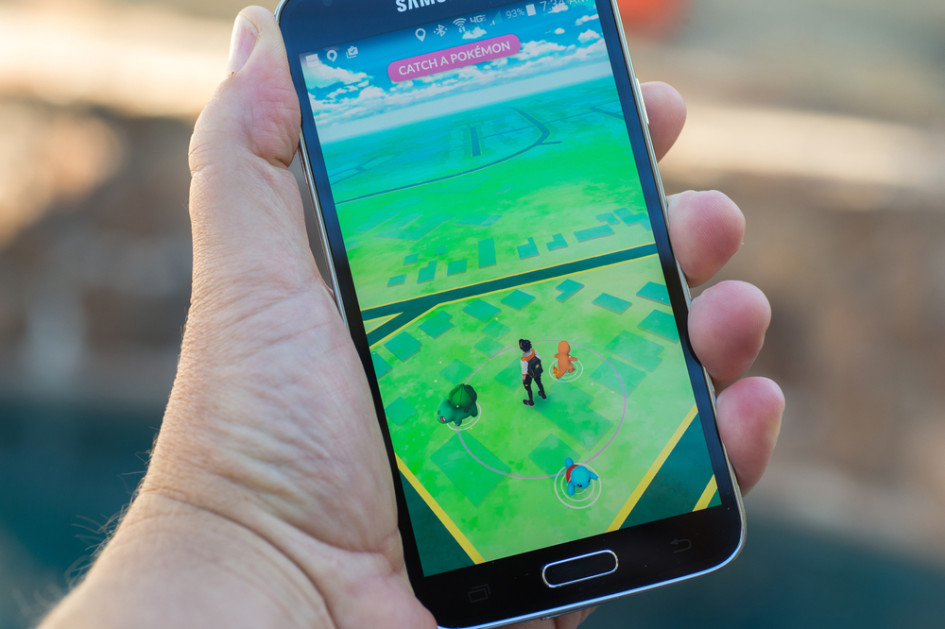 Print
Print
At the height of the Internet of Things, a new technology craze has thrown the insurance industry for another loop as “augmented reality” takes hold. On July 6, 2016, Pokémon Go, an interactive app-based game, is on pace to have more downloads than Twitter has users. This recent Pokémon Go phenomenon has been described as follows:
In simple terms, Pokémon Go uses your phone’s GPS and clock to detect where and when you are in the game and make Pokémon “appear” around you (on your phone screen) so you can go and catch them. As you move around, different and more types of Pokémon will appear depending on where you are and what time it is. The idea is to encourage you to travel around the real world to catch Pokémon in the game.
Pokémon Go uses technology generally referred to as augmented reality:
On the spectrum between virtual reality, which creates immersive, computer-generated environments, and the real world, augmented reality is closer to the real world. Augmented reality adds graphics, sounds, haptic feedback and smell to the natural world as it exists.
As seen with other technological developments, the consequences on the insurance industry are not entirely understood at this time. However, it is clear that this technology will impact the insurance industry in some manner, as we have already seen the following situations:
- Private Property Turned Into “Pokémon Gyms:” The Pokémon characters will gather at what the app refers to as a “Gym.” In the days since the release, a number of private property owners have found their property identified as “Gyms,” which results in a steady stream of players being sent to their private property. One homeowner has recently found his home, which was once a church building, the gathering place for a number of players. The homeowner notes “that the problems could easily lead to the value of his house going down and issues with his neighbours.”
- Bodily Injury to Players: While the dangers of having people looking at their phones as they move through city streets is easily seen, a number of reports indicate that criminals are using the game to commit their crimes. On the evening of July 9, 2016, police in O’Fallon, Mo. received reports that criminals were using the app by adding “a beacon to a PokeStop” that brought more players to the area. Reports indicate a number of armed robberies took place near this beacon.
- Malware Spreading Through App: As expected, hackers have already attempted to capitalize on the popularity of this app. In the few short days since the app has been available there have been a number of reports that phones are downloading compromised versions of the app which could allow unauthorized access to the users’ phones.
Insureds have only been able to download Pokémon Go for less than a week and this technology has already made an impact that should get the insurance industries’ attention. This technology, which has caught many people completely off guard, has already shown the potential to cause damage to private property, cause bodily injury and provide hackers access to insureds’ devices. Therefore, even if Pokémon Go does not have a significant impact to the insurance industry, this app is a good indicator of the technology advances to come.

